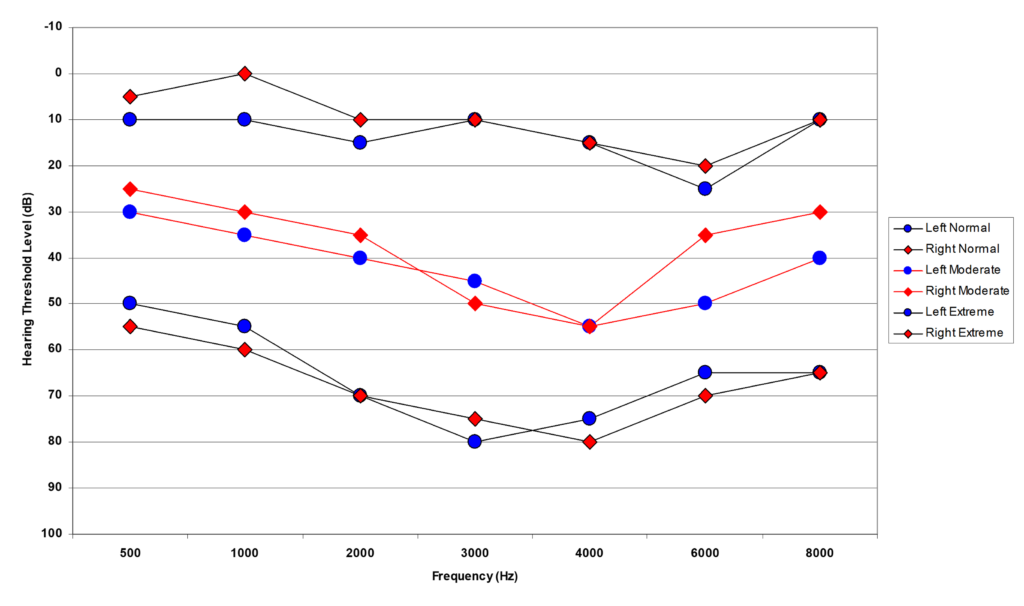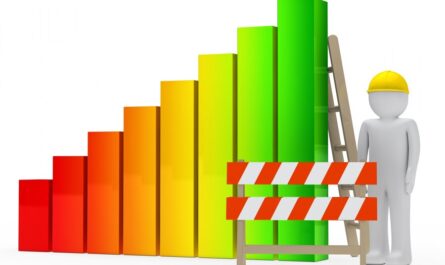

NOISE :-
Nothing but “Unwanted Sound”
Noise: A Safety Concern

Noise adversely affects the human behavior.
Noise induced hearing loss (exposure to high noise levels) is a notifiable disease under Schedule III ( no.: 22) of Factories Act 1948
Section 89 of Factories Act 1948 and rules framed under it ( GFR No.: 104) demands reporting of the notifiable disease (schedule III) to the statutory authorities.
Schedule 23 of GFR 1963 (Rule no.: 102) namely “Operations involving High Noise Levels” demands for protection against noise, reduction of noise by engineering controls and auditory examination of every worker employed in areas of high noise by a Medical Practitioner.
Sound Basics:


Frequency:
Rate at which the variation in air pressure takes place. It is expressed in Hertz (Hz). Audible range of frequency to Human Ear is 20-20000 Hz.
Intensity:
The rate at which the sound energy passes through a unit area normal to the direction of propagation is known as sound intensity. The unit ofmeasurement is decibel. The scale most often used in the measurement of decibels is the “A” scale & expressed as db(A).
Effects (Hazards) of Noise:
The effects are categorized as Auditory & Non-auditory.
Auditory
-Temporary threshold
-Permanent threshold
-Sudden rupture of an ear-drum on short exposure to high impact noise.
Non-auditory
-Annoyance (Irritation)
-Alteration in heart rate, blood pressure
-Decreased role of color perception
-Sleeplessness
-Interference in speech communication
Noise frequency & intensity
Exposure time
Distance from noise source
Individual susceptibility depending on age, health etc.
Exposure Limits of Noise:

Control of Noise:
Noise can be controlled at three stages:

At source
- Isolation
2. Substitution
3. Enclosures
4. Spplication of acoustic materials
5. Proper and timely maintenance
At Path:
- Reduction in distance from source to receiver
2. Segregation of machines by means of enclosure, partition walls
3. Use of proper acoustic material just like concrete of wood.
At Receiver
The third line of defense, that is use of Personal Protective Appliances…Ear plugs, Ear muffs.
Audiometry:
Every worker employed in areas where the noise exceeds the maximum permissible levels should be subjected to an auditory examination by a registered medical practitioner having qualification M.B.B.S. or equivalent within 14 days of his or her first employment and thereafter, should be re-examined at least once in every 12 months.
Audiometric tests measure a person’s threshold of hearing at selected sound frequencies. The test instrument is called and Audiometer & records obtained are called an audiogram

Extra Comments:
Noise is an environmental concern
Noise pollution (R & C) Rules, 2000 framed under Environment Protection Act, 1986
You are acted upon by Noise:
If employees say that they have heard ringing noises in their ears at the end of the workday, they may be exposed to too much noise.
If employees complain that the sounds of speech or music seem muffled after leaving work, but that their hearing is fairly clear in the morning when they return to work, they may be exposed to noise levels that cause a partial temporary loss of hearing, which can become permanent with repeated exposure.


